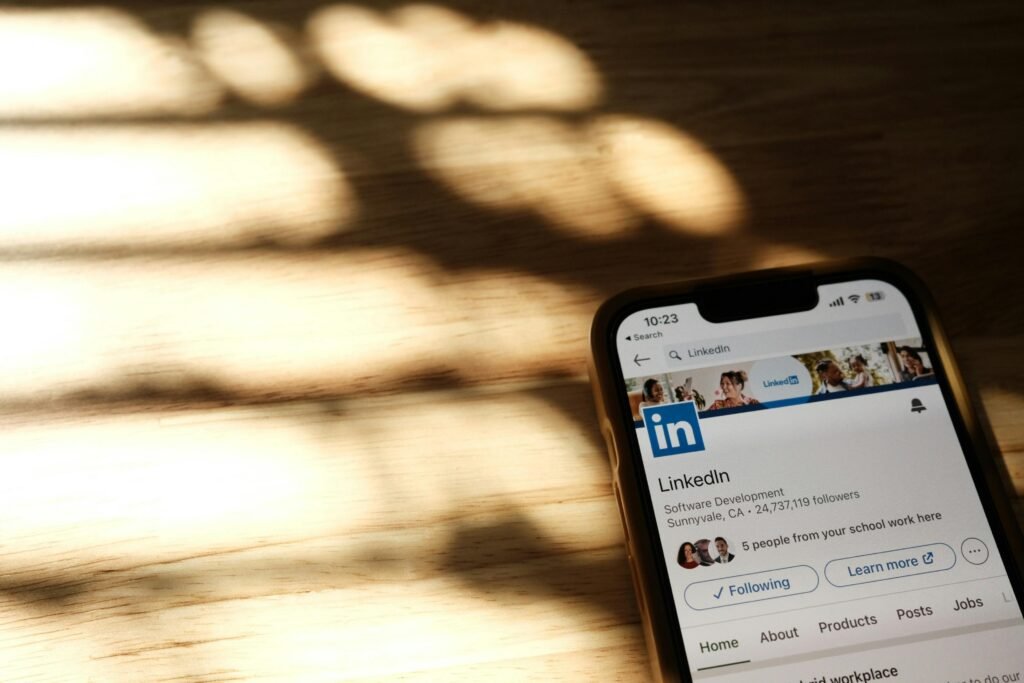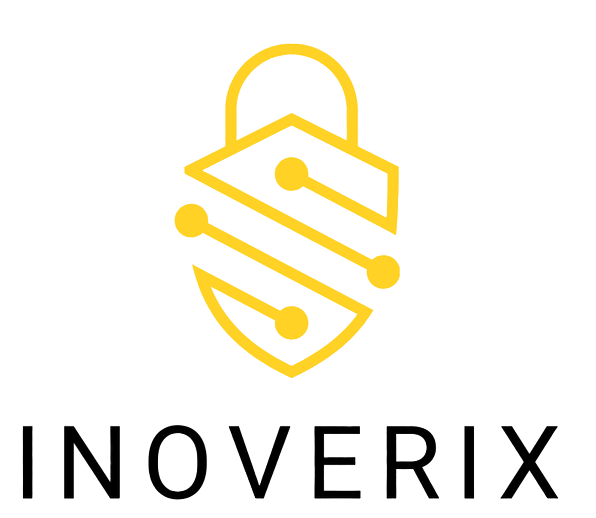Your LinkedIn Profile Could Be Helping Hackers Here’s How to Fix It

LinkedIn is great for networking, but it’s also a goldmine for cybercriminals looking to gather information. From job titles to project details, the data you share can be used to launch targeted attacks. Here’s how to make your profile work for you — without making life easier for hackers.
LinkedIn has become an essential tool for career growth. It connects you with potential employers, showcases your achievements, and helps you build a professional network. But while you’re using it to impress recruiters and industry peers, hackers might be using it for something else entirely — building a profile on you.
Cybercriminals are patient. They don’t always launch attacks immediately. Sometimes, they spend weeks or even months gathering details about a target. And LinkedIn, with its wealth of professional and personal information, can be one of their richest hunting grounds.
Why LinkedIn is so valuable to hackers
To a cybercriminal, your profile isn’t just a CV it’s a blueprint.
The information you share publicly can be used to:
- Craft convincing phishing emails If an attacker knows where you work, your role, and the names of your colleagues, they can create highly targeted messages that look legitimate.
- Guess passwords and security questions Birthdays, universities, hobbies, and even the software you use can be clues.
- Map company structures By browsing staff profiles, attackers can work out reporting lines, job functions, and who has access to sensitive systems.
- Plan physical or digital attacks Job locations, travel patterns, and projects can help a criminal choose the right moment to strike.
The oversharing problem
You don’t need to post your entire work history to be “seen” online.
Many LinkedIn users treat their profile like an extended CV, listing every role, every project, and sometimes even internal details like systems used or client names. While this might impress potential employers, it can also hand a cybercriminal exactly the information they need to target you or your organisation.
Red flags on your profile
Hackers don’t need much to start building a convincing scam — just one or two of these can be enough.
- Full work email address listed publicly
- Exact office location including floor number or department
- Current projects or clients named in detail
- Technical tools or software used in your role
- Personal contact numbers available to all viewers
Each of these can be useful on its own, but together they can create a frighteningly accurate picture of your professional life.
How hackers turn details into attacks
The danger isn’t just that they “know” about you it’s what they do with it.
Let’s say you post that you’re leading a major system upgrade at your company, using a specific vendor’s software. A hacker might use that to:
- Send you a fake vendor email asking for login credentials or payment authorisation.
- Target your team members with urgent messages about “critical updates.”
- Launch a spear-phishing campaign timed for when you’re busiest and least likely to check every detail.
It’s not hypothetical there have been numerous cases where LinkedIn data was used to make phishing attempts almost impossible to distinguish from genuine requests.
Locking down your LinkedIn without losing visibility
You can still stand out to recruiters without standing out to criminals.
Here’s how to balance visibility with security:
- Review your privacy settings – Limit who can see your full profile, connections, and contact info. LinkedIn allows you to choose between “public,” “connections only,” and “private” for various details.
- Be vague about sensitive details – You can list your industry expertise without naming current projects, clients, or internal systems.
- Remove personal contact details – Use LinkedIn’s messaging system or a work email that doesn’t link to sensitive accounts.
- Hide your connections list – This prevents attackers from mapping your network.
- Think before you post – If an update could be useful to someone trying to impersonate you or your company, keep it internal.
Don’t forget about connection requests
That “friendly” stranger could be an information-gathering bot.
It’s easy to assume that every LinkedIn request comes from a genuine professional. In reality, attackers often create fake profiles to collect information and build credibility. They might use stolen profile photos, fake job histories, and even mutual connections to seem legitimate.
Tips for vetting connection requests:
- Check their work history — does it make sense, and is it verifiable?
- Look for unusual patterns — dozens of connections in a short time, or a very new profile.
- Search their profile photo with reverse image search to see if it appears elsewhere.
The role of company policy
Your LinkedIn security is also your employer’s security.
Many organisations now include LinkedIn usage guidelines in their security training. This isn’t about controlling what you post — it’s about ensuring staff don’t inadvertently leak information that could be used in targeted attacks.
If your company doesn’t have such guidance, consider suggesting it. Even a simple checklist for what’s safe to post could prevent major security incidents.
The bottom line
LinkedIn is a powerful networking tool, but like any public platform, it comes with risks. Every piece of information you share is another puzzle piece for someone with bad intentions.
By tightening your privacy settings, thinking before you post, and treating every connection request with healthy scepticism, you can keep reaping LinkedIn’s professional benefits — without handing hackers the keys to your career and your company.
Because in the digital age, networking should open doors — not open you up to attacks.
